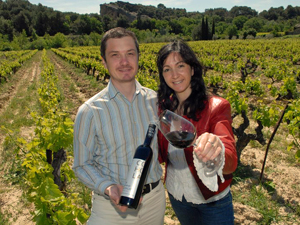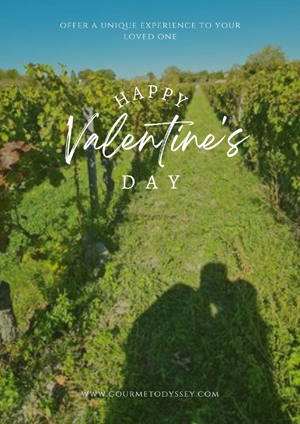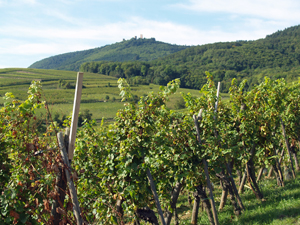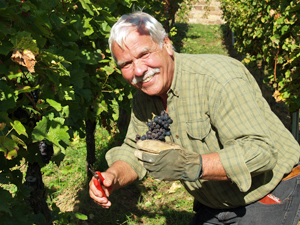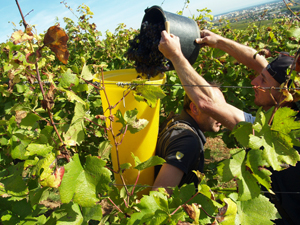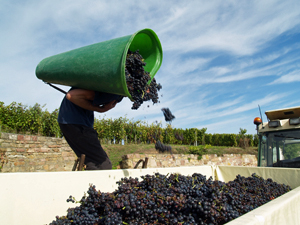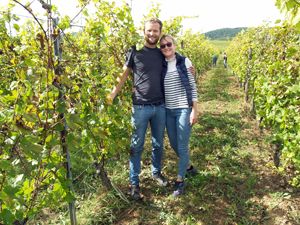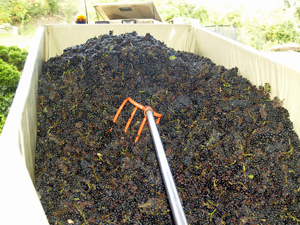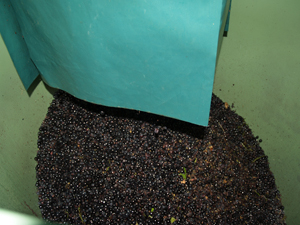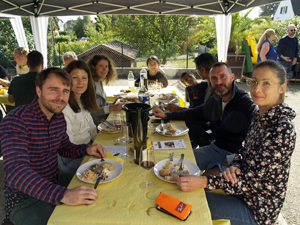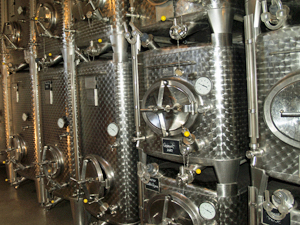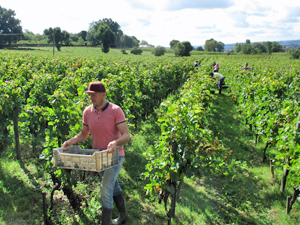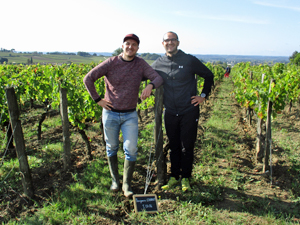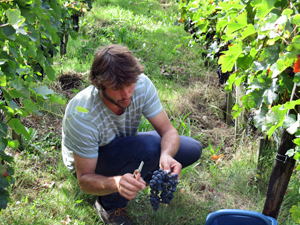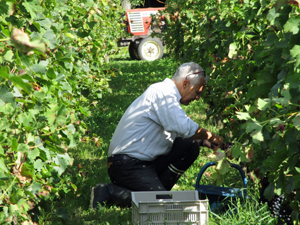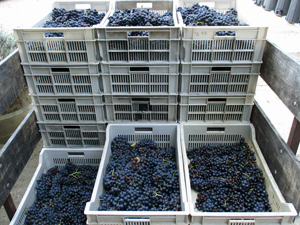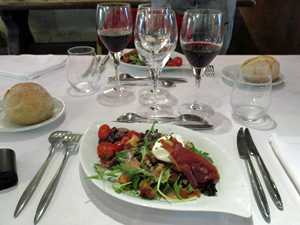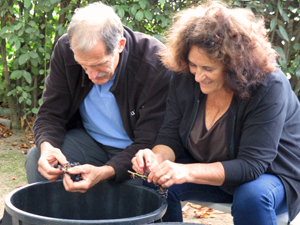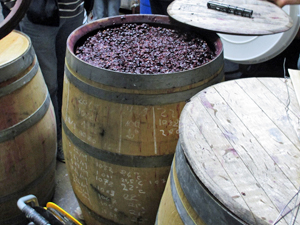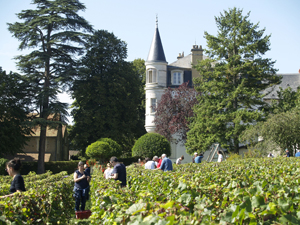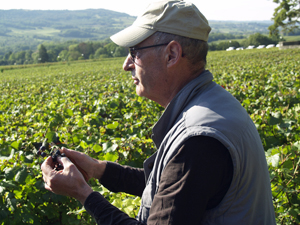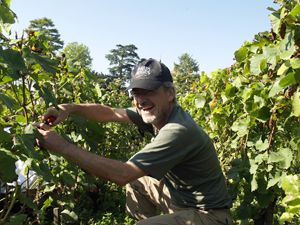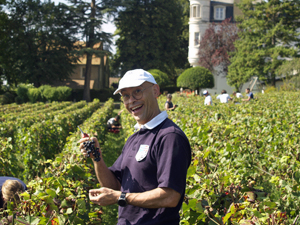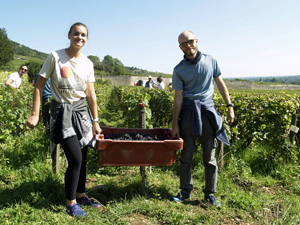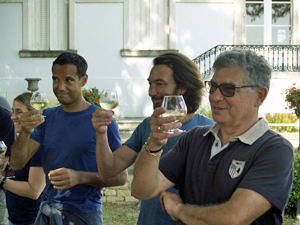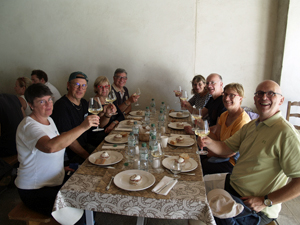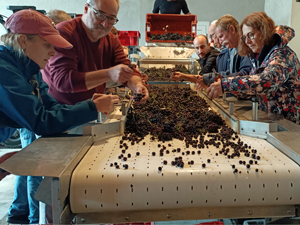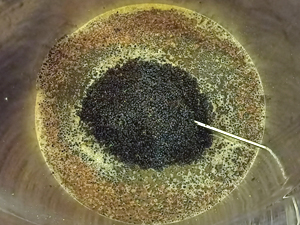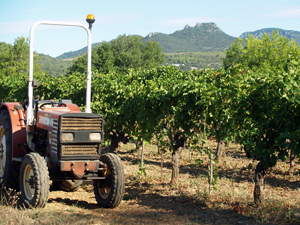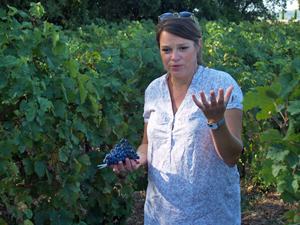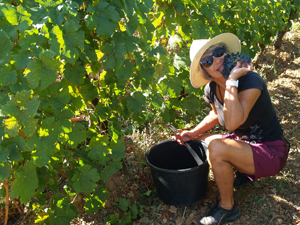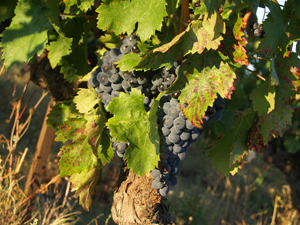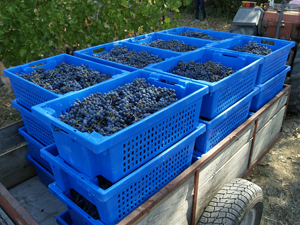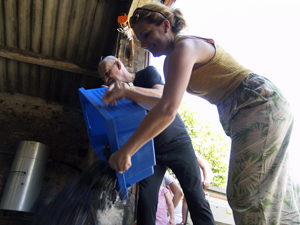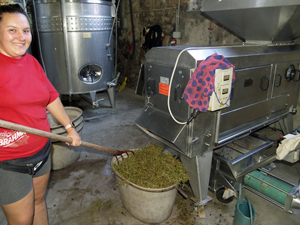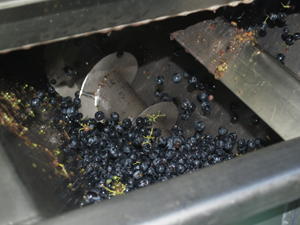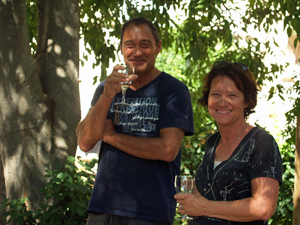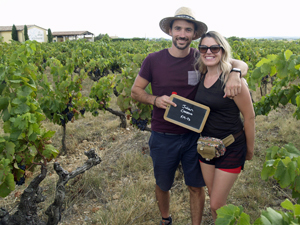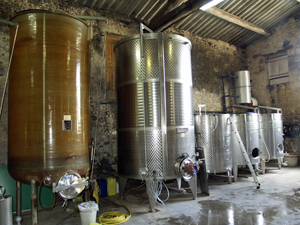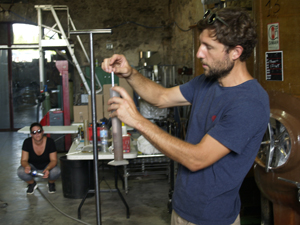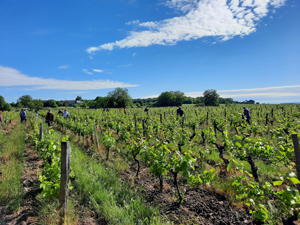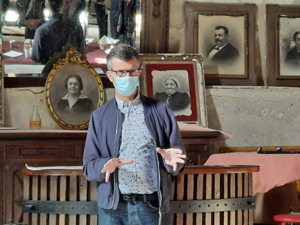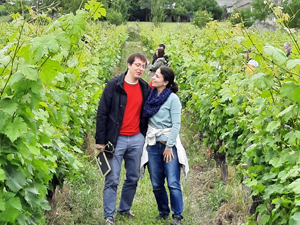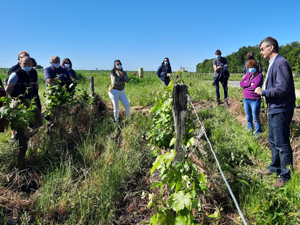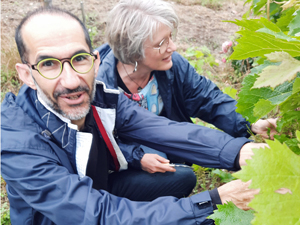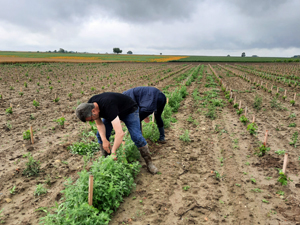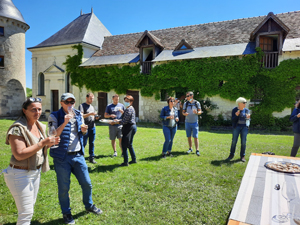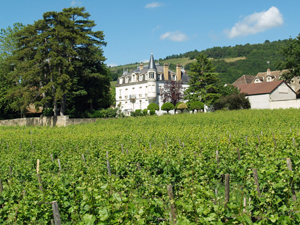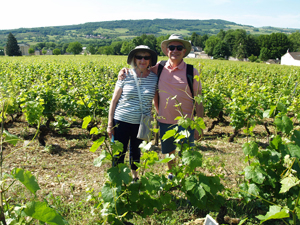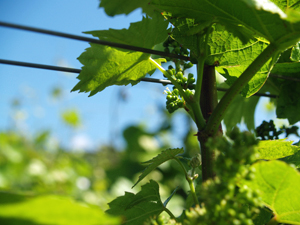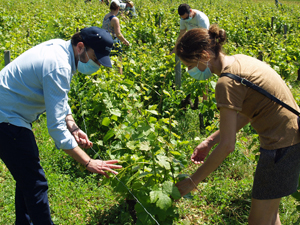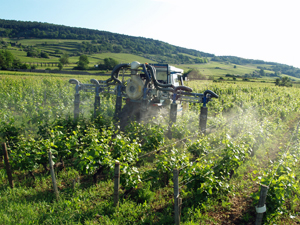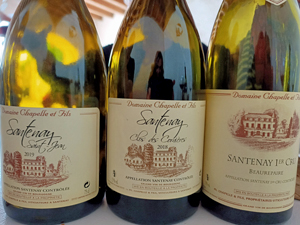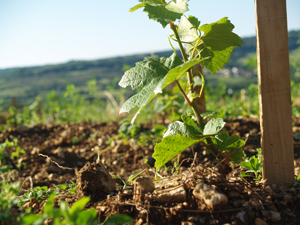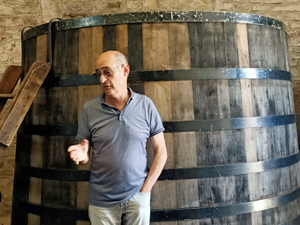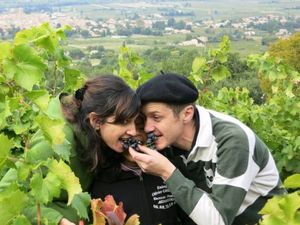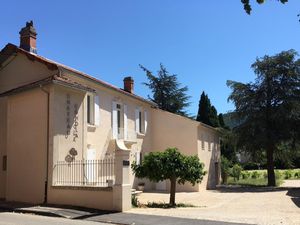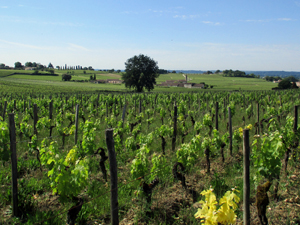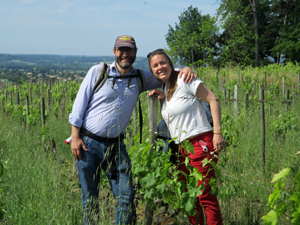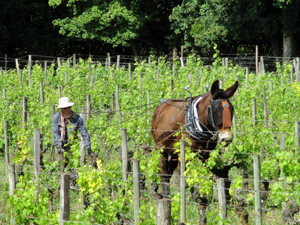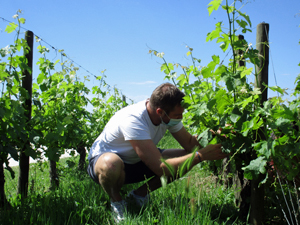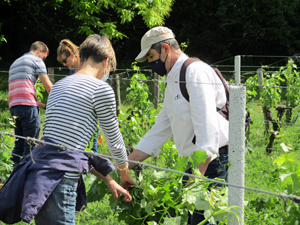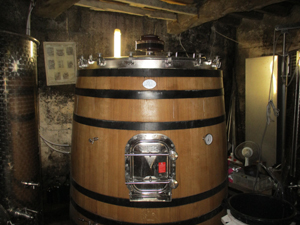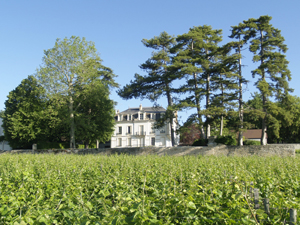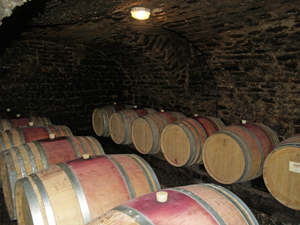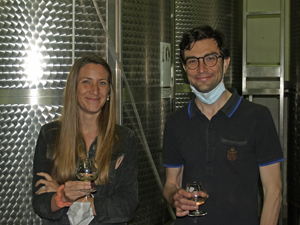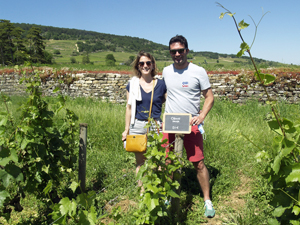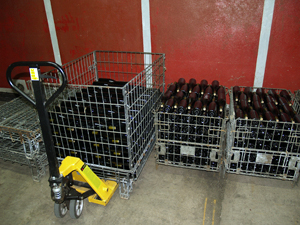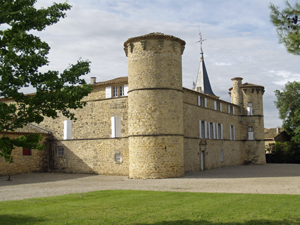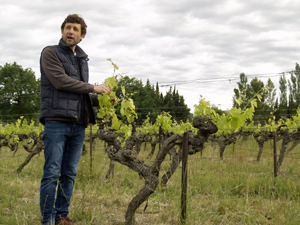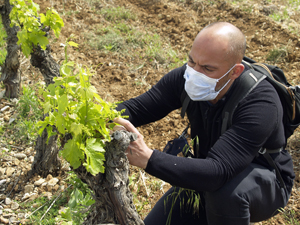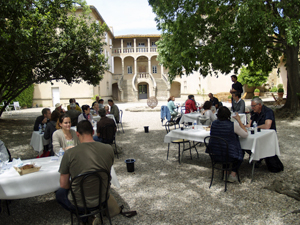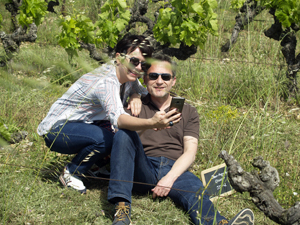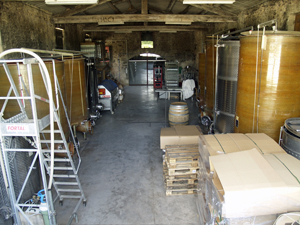We met up last weekend at Château Coutet in Saint-Emilion for a Discovery Experience Day with Gourmet Odyssey, the aim being to better understand all the work necessary in the vineyard to produce the best possible grapes, because to make good wine, you need good grapes!
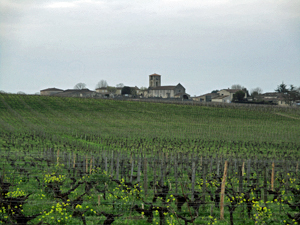
We started to get to know each other over a coffee and croissant with Adrien David-Beaulieu, one of the owners and winemakers of the winery. His family have been running the estate for over 400 years, something that is very rare for this famous Bordeaux wine region that has attracted many investors who buy up family-run wineries to promote their brands. One of the peculiarities of Château Coutet is that it has always been organic. We were privileged to be in a place that has been preserved from intensive farming techniques, and where each action is carried out with the respect of nature and the biodiversity in mind.
Benoît, the Gourmet Odyssey wine expert, introduced us to the programme and our task for the day, the planting of new vines.
After distributing the tools, we walked through the vines, admiring the rare wild tulips that thrive here. The radii tulip, bright red in colour, and the yellow sylvestris tulip were both brought to the area by the Romans many years ago and are now extremely rare. They have been preserved at the winery because no chemical weedkillers have ever been used in the vineyards. Instead, the grass is either mowed or ploughed to keep it in check.
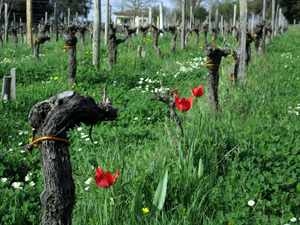
At the top of the limestone slope, Adrien stopped to show us the view and explain the different terroir that make up the Saint-Emilion wine region. Merlot is the king grape varietal here, and thrives on the limestone plateau, accompanied by some cabernet franc, malbec, and cabernet sauvignon vines.
In front of our adopted vines, we understood a little better the life of our vines, and what work lies ahead in nurturing them up until the harvest.
Our adopted vines are located in the Peycocut vineyard up on the limestone plateau, just a few hundred metres away from the village and surrounded by the most famous Grand Cru Classé names of the Saint-Emilion appellation. The view is fantastic, particularly on this nice day that heralded the beginning of spring.
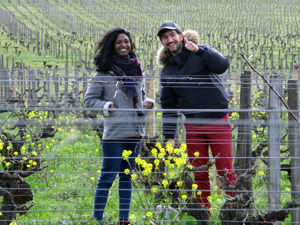
Our job for the day was to replace some of the missing vines. When tilling the soil, sometimes the metal plough can damage the vines which then subsequently wither and die. At the end of winter, they need to be replaced, before the buds start to burst.
In pairs, one person prepared the baby vines by trimming the roots to enable them to better take hold in the soil.
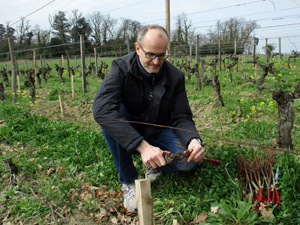
The other person dug the holes for the vines in the places that Adrien had pointed out. Everyone then got their hands dirty by planting the vines and pressing down the earth around them.
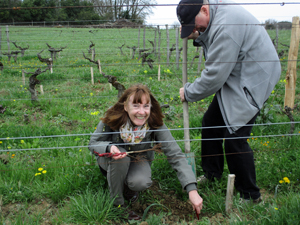
By the time we’d finished, it was the end of the morning and time for the aperitif! We enjoyed a nice glass of the Claret de Coutet, a refreshing wine that is somewhere between a red and a rosé wine.
The Gourmet Odyssey caterer had prepared a delicious lunch for us, starting with some foie gras and port jelly, that had been paired with the 2019 Château Belles-Cimes, the second wine that is made using the younger vines and grapes from lighter terroir.
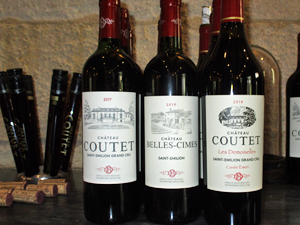
The 2017 Château Coutet Saint-Emilion Grand Cru was the next wine to be tasted, and is made up from the three different types of terroir at the winery; the limestone plateau, the clay hillside, and the more sandy plain, and the four grape varietals. It’s longer finish and more pronounced aromatic intensity was perfect with the duck breast. Our tasting ended with the fantastic 2018 Demoiselles wine, made from the oldest plots of vines that are worked by horse up on the limestone plateau. A deep wine with lots of finesse, it went very well with the caramel desert.
After lunch, Adrien explained some of the advantages and challenges of working organically, and we then visited the chai and private cellar where the family keeps their old vintage wines dating back to the 1950’s.
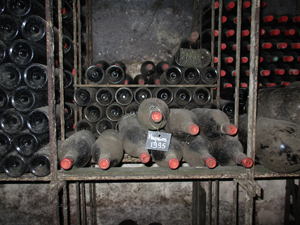
We’d spent a very enjoyable afternoon in Adrien’s company, and we look forward to coming back to this magical place for other Discovery Experience Days later in the season, and for the Harvest Experience Days in September time.



